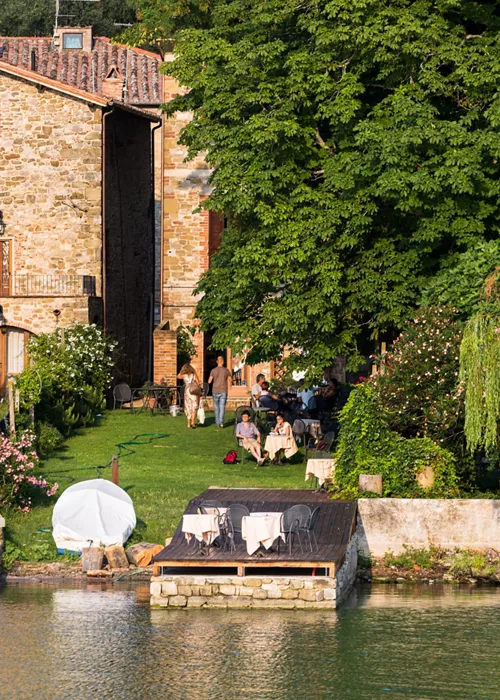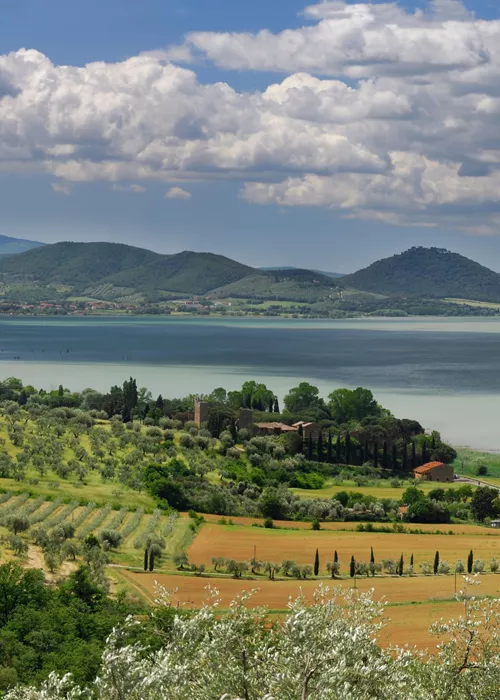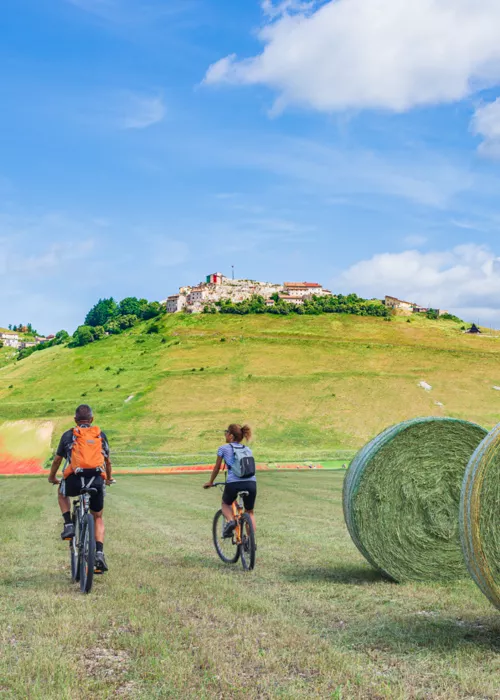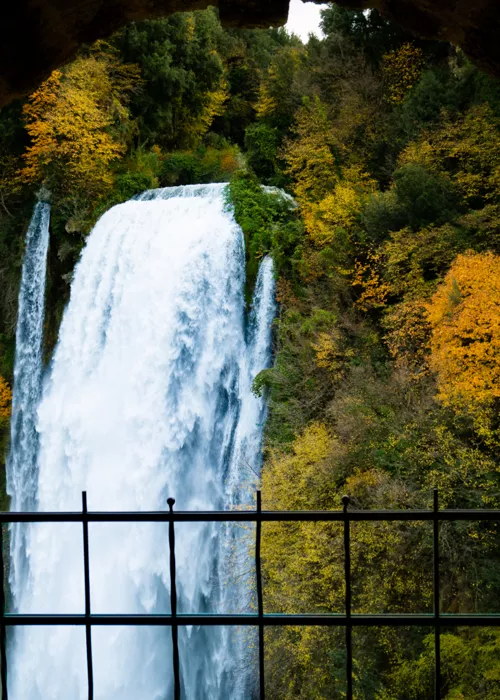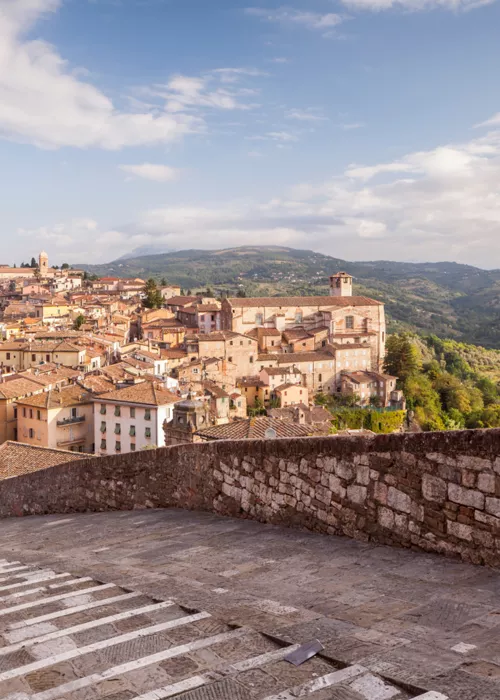The water courses of Rasiglia

Setting off from the centrepoint of the itinerary, Rasiglia, along the 319 Sellano State Highway, with our rucksacks on our backs, we get ready for a day spent walking to discover the places. Entering the village, you immediately find the Roman Bridge; built in stone in the 3rd century B.C., the bridge crosses over the Menotre River and offers a breathtaking view of the surrounding nature. From here you can go back as far the source of the river, in the main village square. At the centre is an old fountain, still in working order. It is decorated with a beautiful mosaic and up to the 18th century, it was the main source of the town's water supply. Another sight worth seeing is the Rocchetta water mill, where you can still see the 18th-century millstones and machinery used for grinding the wheat. Further along, you come to the Water Museum. Located within the former church of St Saviour, the museum houses a large collection of artefacts and equipment once used to control the supply of water in Umbria. You will then come to the Menotre trail, which follows the course of the river and offers a splendid view of the surrounding countryside and the other attractions in the village. Definitely worth seeing!
Beautiful views of Trevi

The second stop is in Trevi, a medieval village in the heart of the Umbrian Valley, a few kilometres from Spoleto. The historic centre is built around the Town Hall and the Church of St Francis, which houses a rich panorama of frescoes. But the true beauty of the village is in its narrow paved streets, stone houses and scenic views, which give a sense of peace and tranquillity. From Trevi the road heads towards Monte Serrone, along a picturesque footpath that leads to a panoramic spot offering breathtaking views of the Umbra Valley and the Martani Mountains. As Trevi is also famous for its olive oil, a visit to the Hortus Olei Agricultural Cooperative is a must. Here you can discover the secrets of an excellent organic oil, made without the use of chemicals.
The Clitunno Springs

The third and final stop is at the Clitunno Springs, in a charming location on the outskirts of Trevi. Perfect for both nature and history lovers, this is a complex of natural springs that flow into a small river nearby. All around there is lush vegetation: poplar, willow and laurel woods. The area was officially declared a nature reserve in 1971. The outstanding beauty of the Clitunno Springs was also recognised by the Ancient Romans, who built one of the main temples to the god Clitumnus on this spot. The ruins of the temple, with its majestic arches and marble columns, can still be seen today. During the excursion, a visit to the springs is recommended following the course of the river. In summer, you can even take a dip in their cool waters. Other attractions not to be missed are the numerous water mills that still harness the power of the river to grind wheat and produce flour. Many of them have now been restored and are open to the public. This excursion is suitable for everyone and offers a real glimpse of Umbria's natural heritage and history.



